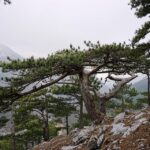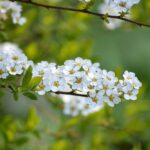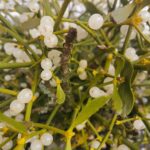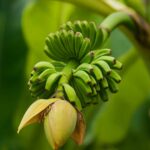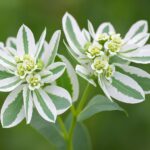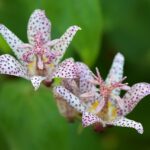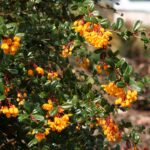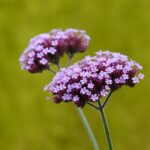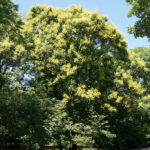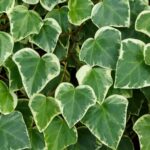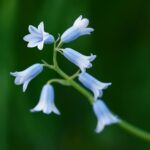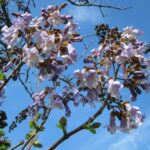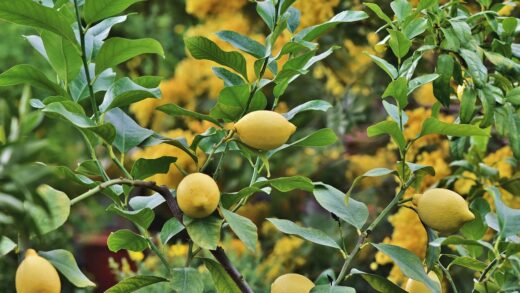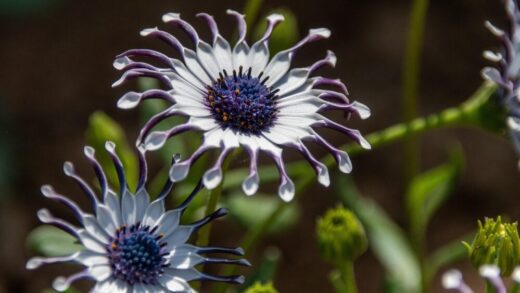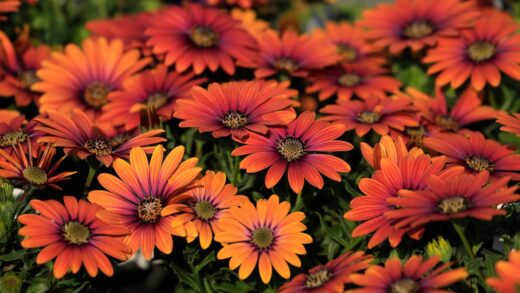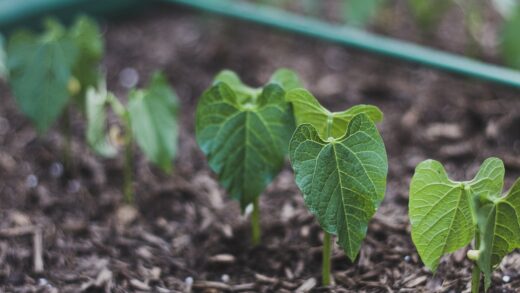The Kousa dogwood, known scientifically as Cornus kousa, is a deciduous shrub or small tree originating from East Asia, possessing stunning ornamental value that makes it a standout in any garden. It commands attention not only with its late spring to early summer bloom, when its snow-white or pinkish bracts virtually cover the entire plant, but it also offers surprises throughout the other seasons. Its edible, raspberry-like fruits that appear in late summer are a unique sight, and in autumn, its leaves blaze in the most beautiful shades of orange, red, and purple. Planting and caring for the Kousa dogwood does not require extraordinary expertise, so with a little attention, this uniquely beautiful plant can become the jewel of anyone’s garden.
Choosing the right location
Selecting the ideal location for a Kousa dogwood is crucial for the plant’s long-term health and abundant flowering. It is best to provide it with a sunny or partially shaded spot where it receives morning sunlight but is protected from the scorching afternoon rays, especially in warmer climates. Too much shade can inhibit flowering and result in a looser, more lanky habit, while excessive sun can lead to leaf scorch. It is important to consider that proper light conditions are not only vital for the flowers but also significantly influence the intensity of the autumn foliage color.
Soil quality is also a determining factor in the development of the Kousa dogwood. The plant prefers well-draining, humus-rich soils with a slightly acidic to neutral pH (ideally between 5.5 and 7.0). Heavy, clayey, waterlogged areas should be avoided, as they can lead to root rot, which can cause the plant’s demise. Before planting, it is advisable to amend the soil with organic matter, such as mature compost or peat moss, to ensure the right structure and nutrient content for the young plant.
When choosing a location, the final size of the plant must also be considered to avoid future overcrowding and the need for forced transplantation. Depending on the cultivar, a Kousa dogwood can grow to be 5-8 meters tall and similarly wide, so it needs enough space to develop to its full glory. It is ideal as a specimen plant, planted alone where its well-formed crown can be appreciated, but it also looks beautiful in the background of mixed shrub borders or as a central feature in a smaller garden. Providing adequate space also promotes good air circulation, which reduces the risk of fungal diseases.
Last but not least, it is wise to choose a location that is sheltered from strong, cold winter winds. Although the Kousa dogwood is generally a hardy plant, young specimens can be more sensitive to freezing, drying winds that can damage the buds and tender shoots. The wall of a building, a dense hedge, or the proximity of other trees can offer adequate protection, contributing to the plant’s healthy overwintering and abundant flowering the following year. Therefore, careful site selection is the cornerstone of successful cultivation.
More articles on this topic
The planting process step-by-step
The best time for planting is in the autumn, in the weeks before the first frost, and in early spring, before the buds break. The advantage of autumn planting is that the soil is still warm enough for root formation, giving the plant time to establish itself in its new location before winter sets in, allowing for more vigorous growth in the spring. Spring planting is also a good choice, especially in colder regions, as the young plant does not have to immediately face a harsh winter. Planting during the hot summer months should be avoided, as the heat and intense sun place excessive stress on the newly planted specimen.
Preparing the planting hole is the first and one of the most important steps. A golden rule is to make the hole at least twice as wide as the plant’s root ball, but no deeper than it. A wide hole allows the new roots to spread easily into the loose soil instead of hitting the hard walls of the hole. It is a good idea to loosen the soil at the bottom and sides of the hole with a garden fork to further aid root growth and water drainage. This step is particularly important in compacted, clayey soils.
When placing the plant in the hole, it is extremely important to set the correct planting depth. Carefully remove the plant from its container, and if the roots are circling the pot (root-bound), gently tease them apart with your fingers or a small hand rake. Place the Kousa dogwood in the center of the hole so that the top of the root ball is level with or slightly above the surrounding soil level. Planting too deep is one of the most common mistakes, which can lead to collar rot and the slow decline of the plant.
After planting, backfill the hole with the original excavated soil, proceeding gradually layer by layer. Gently firm each layer with your hands or feet to eliminate air pockets, but do not compact the soil too much. Immediately after planting, water the plant thoroughly, with as much as 10-20 liters of water, to ensure the soil is well-moistened and settles around the roots. It is a good idea to create a small basin or rim of soil around the trunk of the plant, which will help retain water during irrigation, ensuring it goes directly to the root zone.
More articles on this topic
Care and maintenance of the Kousa dogwood
In the first few years after planting, regular and consistent watering is essential for the Kousa dogwood to become established. The root system of a young plant is not yet extensive enough to draw water from deeper soil layers, so supplemental watering is particularly important during dry, drought-like periods. It is best to water less frequently but with larger amounts of water, which encourages deeper root growth. Always check the soil moisture with your finger: if the top 5-7 centimeters of soil is dry, it’s time to water.
Mulching the soil is an extremely beneficial practice for Kousa dogwoods. Spread a 5-10 cm thick layer of organic mulch, such as pine bark, wood chips, or compost, around the base of the plant, but make sure the mulch does not directly touch the trunk to avoid rot. The mulch layer helps to conserve soil moisture, suppress weed growth, moderate soil temperature fluctuations, and as it decomposes, it slowly enriches the soil with nutrients. This method can significantly improve the plant’s living conditions.
Kousa dogwoods are generally not considered heavy feeders, especially if planted in fertile, organic-rich soil. In the first year, there is usually no need for supplemental nutrients. Later, if growth seems slow or the leaves are yellowing, you can apply a balanced, slow-release fertilizer for acid-loving plants in early spring. Avoid excessive nitrogen, as it promotes lush foliage at the expense of flowers. Do not fertilize in the autumn, to allow fresh shoots time to mature before winter.
In terms of pruning, the Kousa dogwood requires very little attention, which is an attractive feature for many gardeners. The plant’s natural form is extremely aesthetic on its own, so shaping pruning is generally not necessary. Intervention should be limited to removing diseased, damaged, dead, or crossing branches. The ideal time for pruning is late winter or early spring, while the plant is still dormant. This minimizes sap flow and the risk of infection, and also avoids accidentally removing flower buds.
Propagation methods for the Kousa dogwood
One of the primary methods for propagating Kousa dogwood is from seed, which is the plant’s generative form of propagation. Collect the ripe, soft fruits in late summer or autumn, then soak and remove the pulp from the seeds. For successful germination, the seeds require a period of cold treatment, known as stratification, which mimics natural winter conditions. To do this, mix the clean seeds with moist sand or peat moss, place them in a plastic bag, and store them in the refrigerator for about 3-4 months. Sow the seeds in a well-draining medium in the spring; germination can be slow and uneven.
Among vegetative propagation methods, softwood cuttings are one of the most common and reliable procedures for Kousa dogwoods. The best time for this is early summer, in June or July, when the new shoots are beginning to harden but are not yet fully mature. Cut 10-15 cm long, healthy shoot tips, remove the lower leaves, and dip the cut end in rooting hormone to improve success rates. Insert the cuttings into a moist, loose medium, such as a mix of perlite and peat, and then cover them with a clear plastic film or dome to ensure high humidity.
The cuttings need a warm, bright location, but one that is protected from direct sunlight, for rooting to occur. Keep their medium consistently moist, but not waterlogged. Root development usually takes 6-8 weeks, indicated by the appearance of new growth. Once the cuttings have a strong root system, gradually acclimate them to the external environment by periodically removing the dome or film (hardening off). Afterwards, transplant them into individual pots and continue to grow them in a protected location until they are ready for planting out the following spring.
Another, though less commonly used, vegetative propagation method is layering, which works particularly well for shrubs with low-hanging branches. Select a healthy, flexible branch and bend a section of it down to the ground. Lightly wound the bark on the part that will contact the soil, then secure it to the ground with a wire peg and cover it with soil, leaving the tip of the shoot exposed. This method usually results in a new, rooted plant within one or two years, which can then be severed from the mother plant. For preserving specific cultivars, grafting is often used in nurseries, which requires more expertise.

